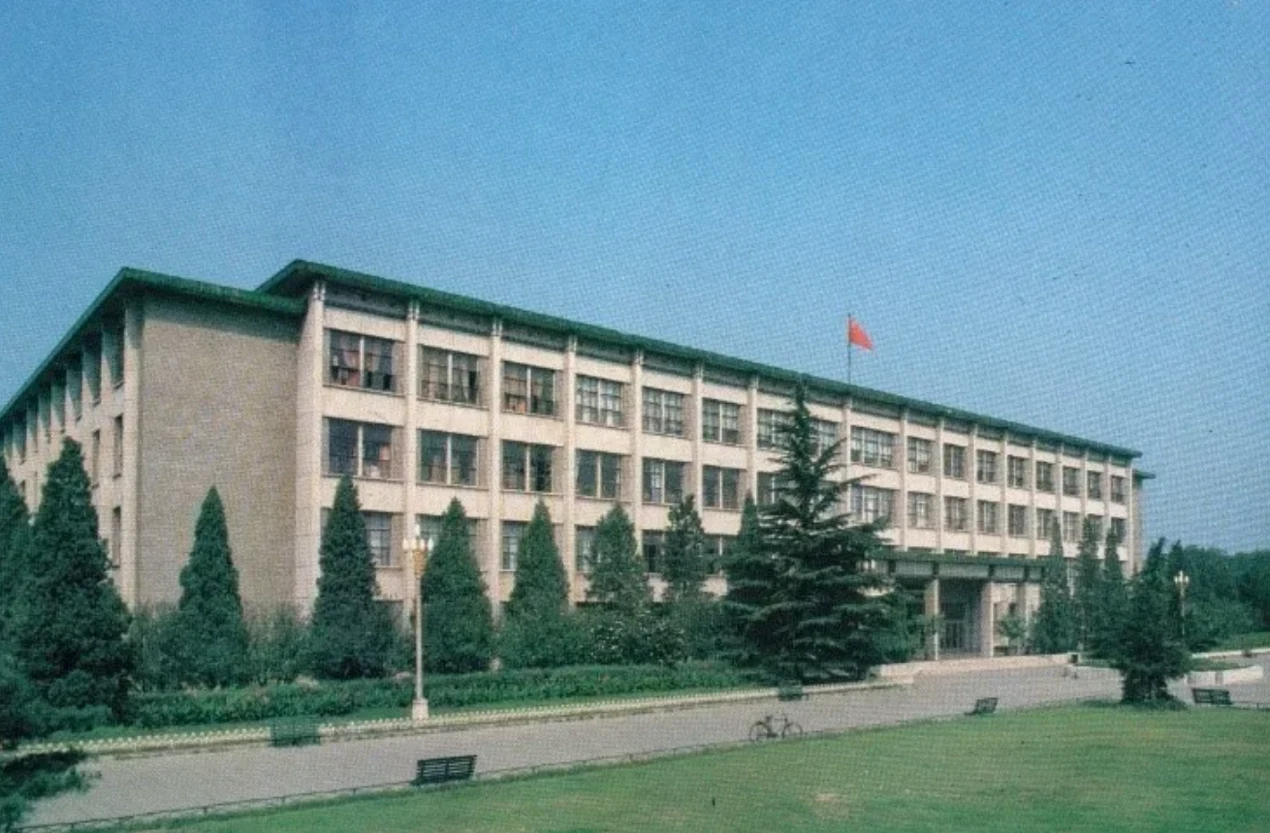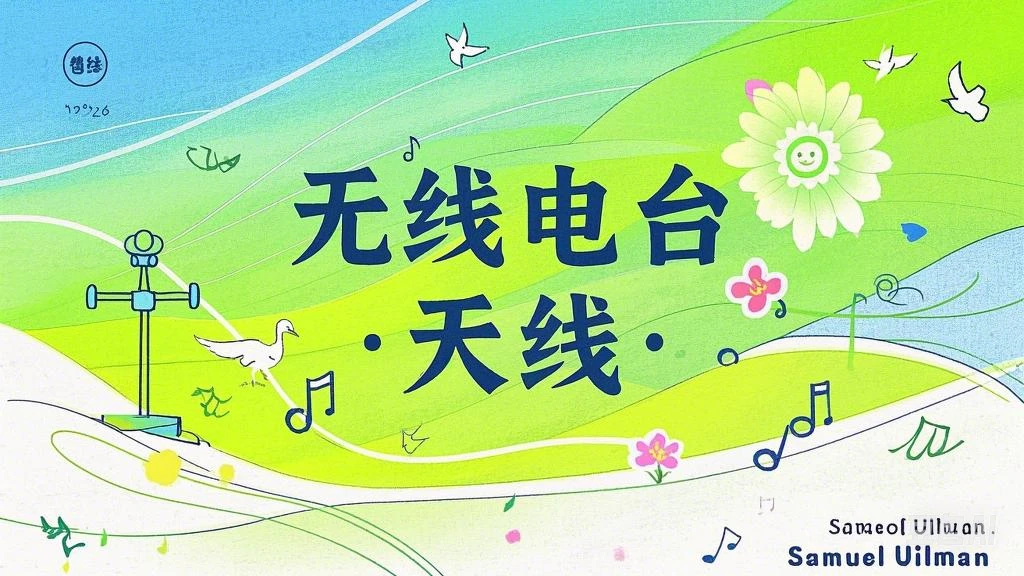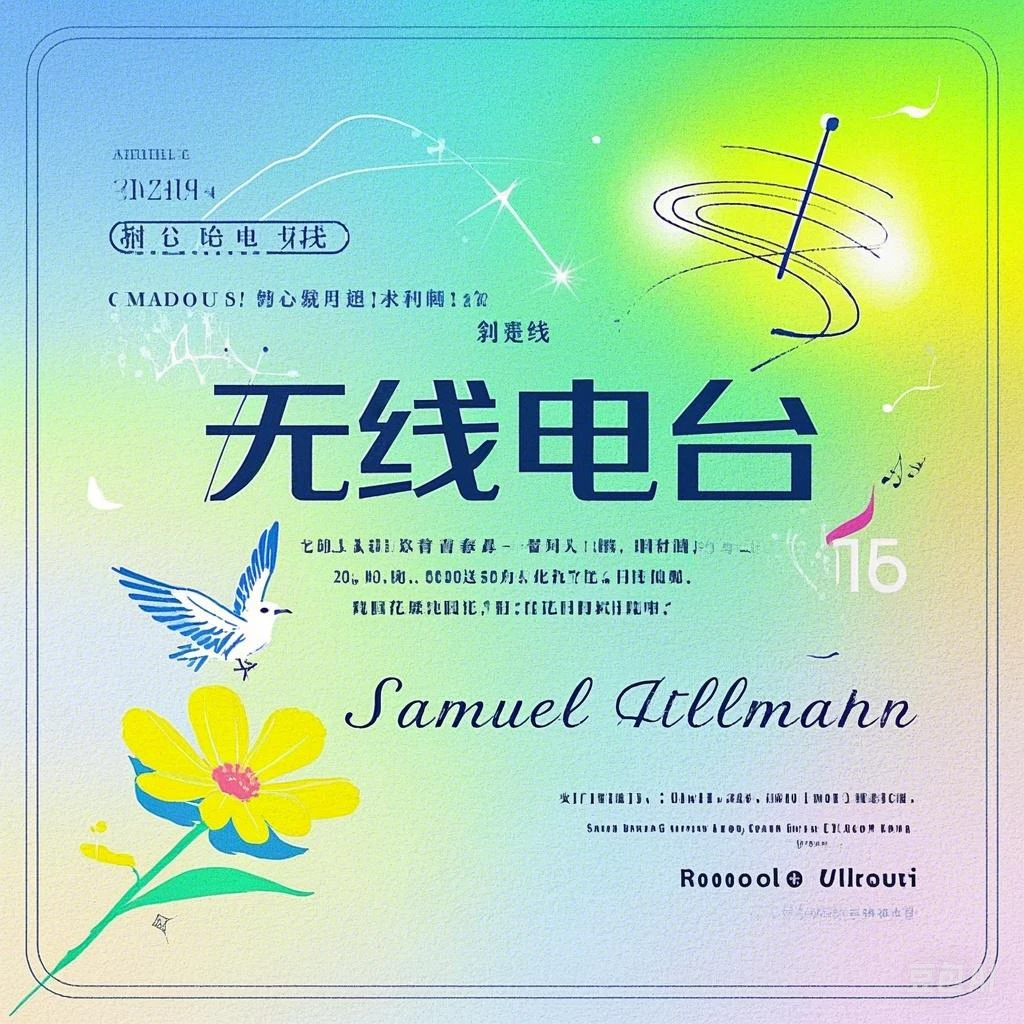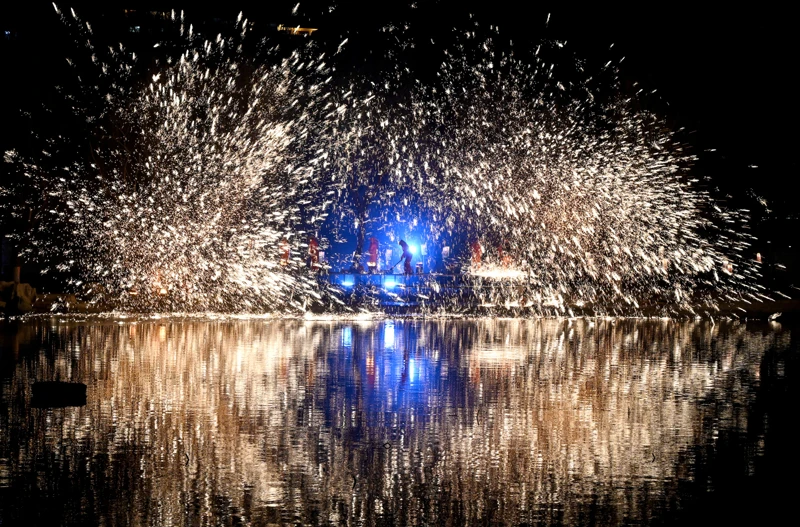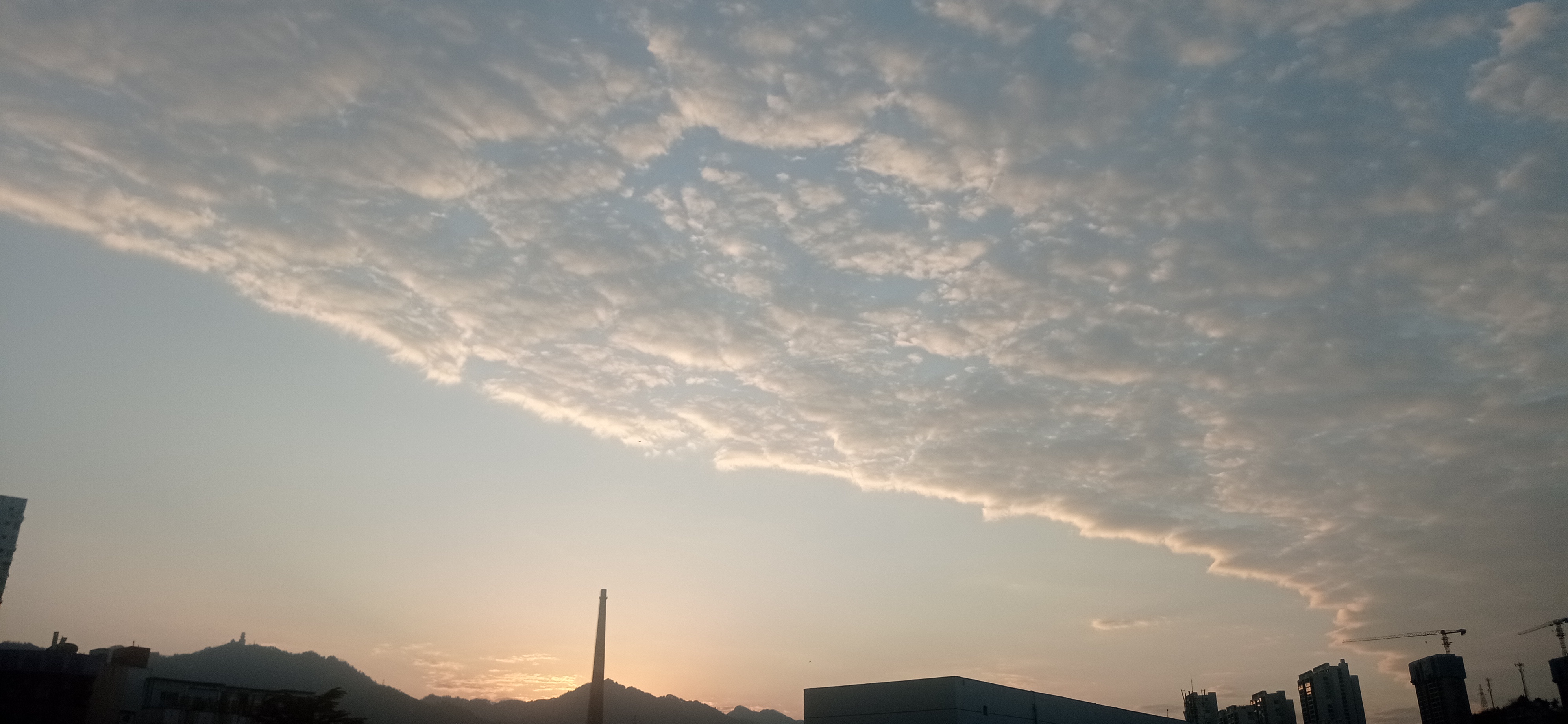Peking University, March 18, 2025: The current Peking University Library comprises the Main Library, the Medical Library and faculty branches, covering more than 100,000 square meters and housing more than 10 million printed volumes, boasting the largest book collection in any Asian university. In addition, the slew of e-resources at home and abroad, including various databases, digital periodicals, e-books and multimedia resources, has made it a modernized, comprehensive, and open research-focused library abounding with resources.
In retrospect, Peking University Library commenced its journey at the residence of Princess Hejia, moving to the Red Building, then to Changsha, the Southwest, and eventually Yanyuan Garden.
The Imperial University of Peking era
Imperial University of Peking, the first national comprehensive university, was inaugurated in 1898, followed by the establishment of the Book Collection Building, located at the residence of Princess Hejia. Harboring a bibliotheca of Chinese and Western books, the Book Collection Building furnished scholars with a broad swath of reading materials, and facilitated the diffusion of global philosophies.
In 1912, to the accompaniment of the renaming of Imperial University of Peking as Peking University, the Book Collection Building was rechristened “Peking University Library”. The Red Building era
The Red Building, established in 1918, allowed the relocation of the Peking University Library to the first floor, with two branches constructed.
In the same year, Li Dazhao became the Chief Director of the library, during whose tenure the library expanded its collection by approximately 10,000 books annually, gradually amassing a panoply that set it aside from its Chinese counterparts, carrying profound implications.
In 1930 when Jiang Menglin assumed the role of President of Peking University, he stipulated that one-fifth of the university’s expenditure would be allocated to book and equipment acquisitions, ushering in a glittering prime of the library’s development.
Reproduced on the official website of Peking University

